
Applied Deep Learning with Python. Use scikit-learn, TensorFlow, and Keras to create intelligent systems and machine learning solutions Alex Galea, Luis Capelo
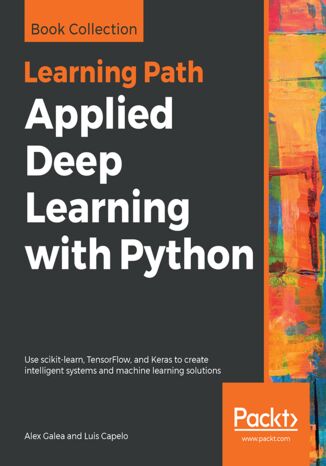

- Autorzy:
- Alex Galea, Luis Capelo
- Wydawnictwo:
- Packt Publishing
- Ocena:
- Stron:
- 334
- Dostępne formaty:
-
PDFePubMobi
Opis
książki
:
Applied Deep Learning with Python. Use scikit-learn, TensorFlow, and Keras to create intelligent systems and machine learning solutions
After covering classification, you’ll go on to discover ethical web scraping and interactive visualizations, which will help you professionally gather and present your analysis. Next, you’ll start building your keystone deep learning application, one that aims to predict the future price of Bitcoin based on historical public data. You’ll then be guided through a trained neural network, which will help you explore common deep learning network architectures (convolutional, recurrent, and generative adversarial networks) and deep reinforcement learning. Later, you’ll delve into model optimization and evaluation. You’ll do all this while working on a production-ready web application that combines TensorFlow and Keras to produce meaningful user-friendly results.
By the end of this book, you’ll be equipped with the skills you need to tackle and develop your own real-world deep learning projects confidently and effectively.
Wybrane bestsellery
Alex Galea, Luis Capelo - pozostałe książki
Packt Publishing - inne książki
Dzięki opcji "Druk na żądanie" do sprzedaży wracają tytuły Grupy Helion, które cieszyły sie dużym zainteresowaniem, a których nakład został wyprzedany.
Dla naszych Czytelników wydrukowaliśmy dodatkową pulę egzemplarzy w technice druku cyfrowego.
Co powinieneś wiedzieć o usłudze "Druk na żądanie":
- usługa obejmuje tylko widoczną poniżej listę tytułów, którą na bieżąco aktualizujemy;
- cena książki może być wyższa od początkowej ceny detalicznej, co jest spowodowane kosztami druku cyfrowego (wyższymi niż koszty tradycyjnego druku offsetowego). Obowiązująca cena jest zawsze podawana na stronie WWW książki;
- zawartość książki wraz z dodatkami (płyta CD, DVD) odpowiada jej pierwotnemu wydaniu i jest w pełni komplementarna;
- usługa nie obejmuje książek w kolorze.
Masz pytanie o konkretny tytuł? Napisz do nas: sklep@ebookpoint.pl
Książka drukowana





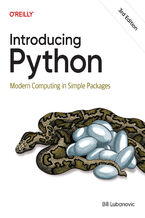


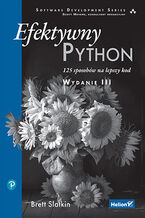
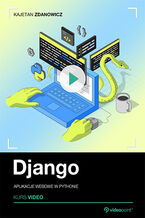
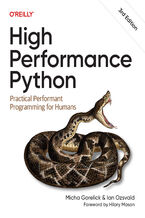
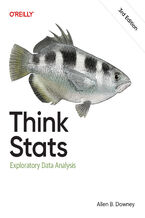
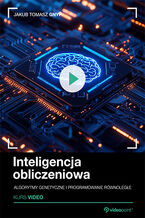
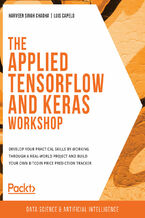
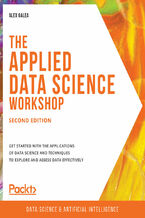
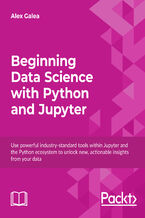
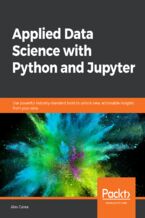






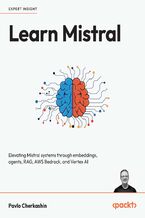
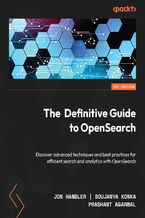
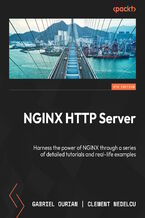
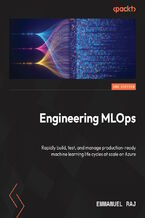

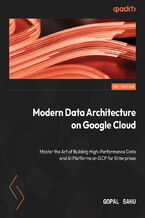
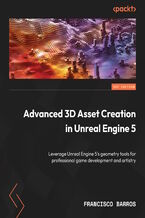
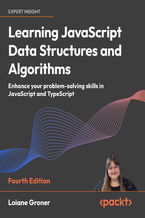
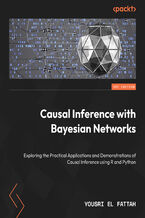
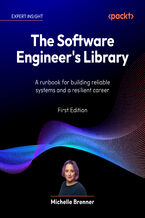
Oceny i opinie klientów: Applied Deep Learning with Python. Use scikit-learn, TensorFlow, and Keras to create intelligent systems and machine learning solutions Alex Galea, Luis Capelo
(0)